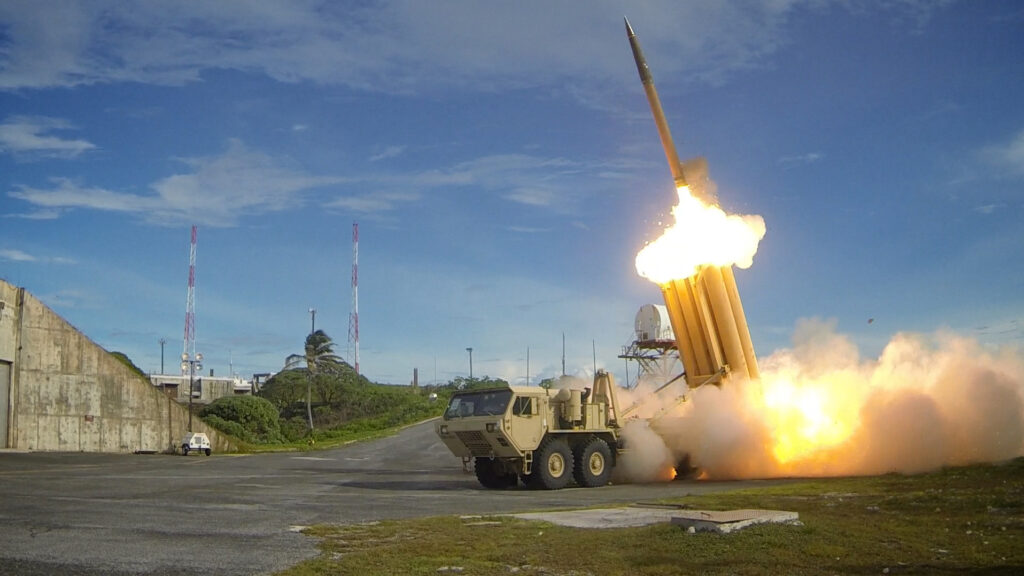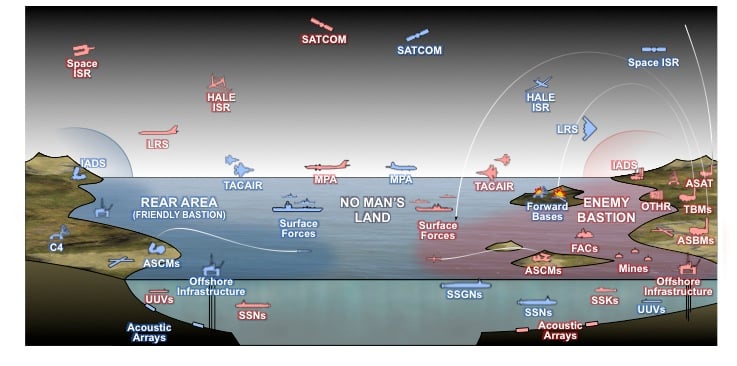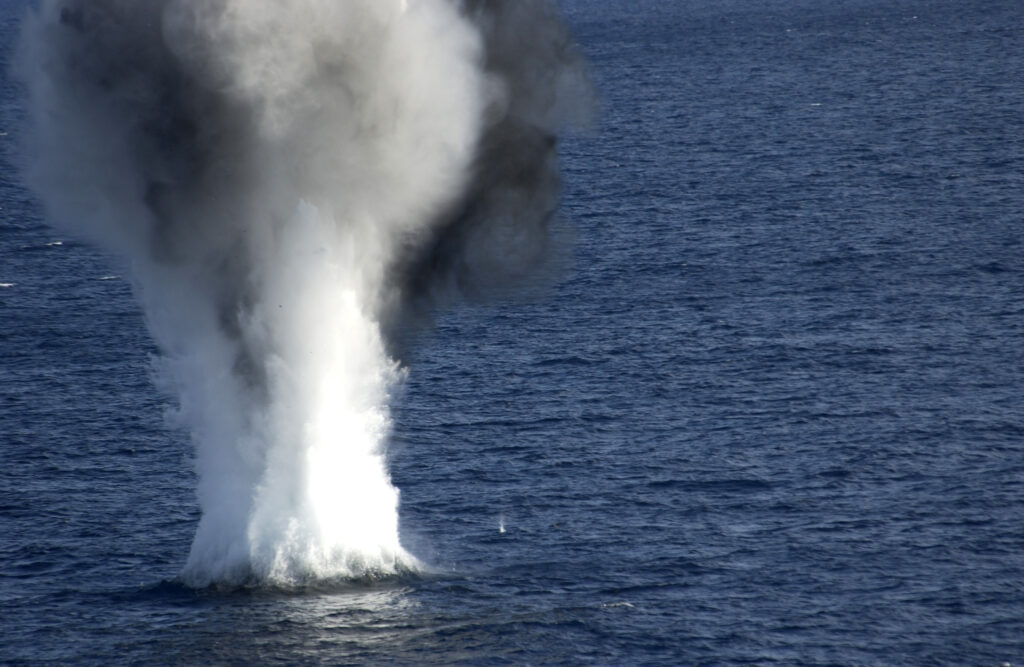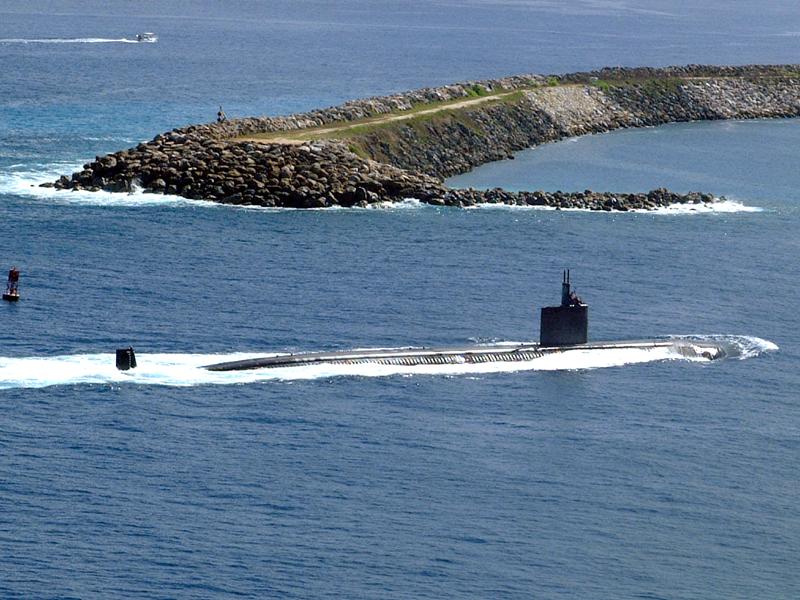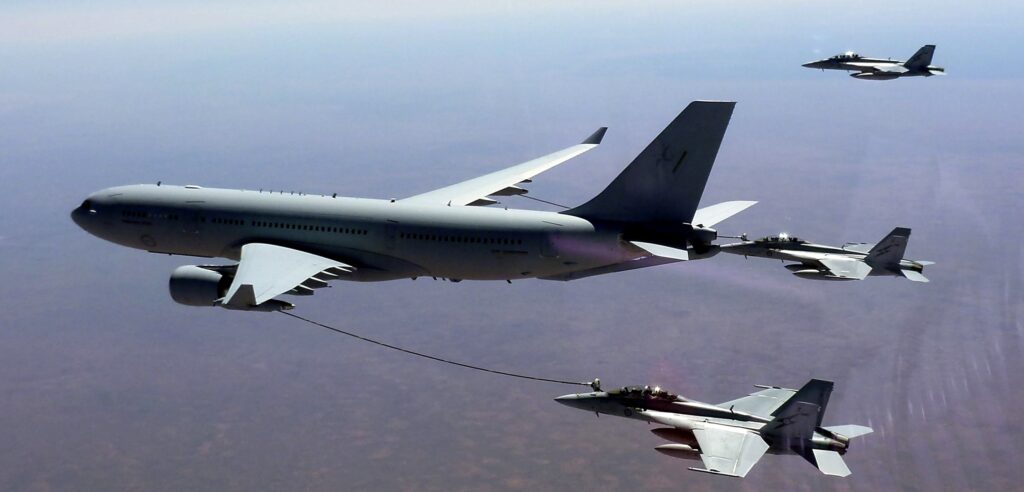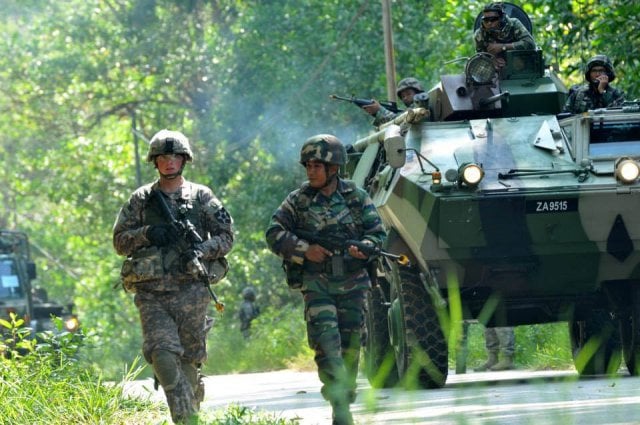Save Our Seoul: South Korea Needs THAAD ASAP
Posted on
WASHINGTON: North Korea can’t nuke the US, not yet. But boy dictator Kim Jong-un already has about a thousand ballistic missiles capable of reaching South Korea and, in some cases, Japan. Most are Scud-like weapons with conventional explosives but a few might be nuclear-tipped. Against a large-scale launch, former Pentagon strategist Van Jackson said this morning, the missile… Keep reading →
No Man’s Sea: CSBA’s Lethal Vision Of Future Naval War
Posted on
WASHINGTON: The seas are shrinking. As missiles grow longer-ranged and more precise, as sensors grow ever sharper, there are ever fewer places for a ship to hide. “A ship’s a fool to fight a fort,” goes an old naval adage, because a land base can carry more ammunition and armor than anything that floats. Admirals… Keep reading →
Sowing The Sea With Fire: The Threat Of Sea Mines
Posted on
This is the second in our exclusive series on the crucial but neglected question of sea mines and how well — or not — the United States manages this very real global threat. Only 4.7 percent of the US Navy’s 275 warships are dedicated to mine warfare. Those small numbers face Iran’s several thousand naval mines, North Korea’s 50,000, China 100,000 or… Keep reading →
Minefields At Sea: From The Tsars To Putin
Posted on
This is the first of three stories on the crucial but neglected question of sea mines and how well — or not — the United States manages this very real global threat. Since World War II, mines have sunk or crippled 15 US Navy ships, more than all other weapons put together. Like roadside bombs on land,… Keep reading →
What Navy’s New Maritime Strategy Should Say
Posted on
It’s fair to say that John Lehman is the most influential Navy Secretary of the last half century. Under President Ronald Reagan, Lehman “had an almost revolutionary impact on the Navy,” according to naval expert Norm Polmar. Lehman drove hard and pushed to build what has become known as the 600-ship Navy. Lehman knows how a… Keep reading →
Cyber Subs: A Decisive Edge For High-Tech War?
Posted on
THE FUTURE: Imagine you’re a Chinese high commander, taking stock at the outbreak of the next great war. All your aides and computer displays tell you the same thing: For hundreds of miles out into the Western Pacific, the sea and sky are yours. They are covered by the overlapping threat zones of your long-range land-based missiles, your… Keep reading →
Reinventing The Army Via ‘Pacific Pathways’
Posted on
PENTAGON: From hunting jungle animals to communicating across the ocean, US Army soldiers learned much in the first Pacific Pathways wargames that Iraq and Afghanistan never taught them. Those exercises are part of the service’s effort to reinvent itself as it shrinks, heading from a wartime peak of 570,000 to 450,000 or below. Instead of prolonged, large-scale… Keep reading →
RAND Spots China’s ‘Potentially Serious’ Weak Spots
Posted on
WASHINGTON: “We have found that the PLA suffers from potentially serious weaknesses.” That is the simple and powerful declaration of a new study of China’s military by the RAND Corp., done at the behest of the congressionally-mandated U.S.-China Economic and Security Review Commission. What are those Chinese weaknesses? The report, again, is admirably clear. “The first is… Keep reading →
Iraq And The Transformation of the Royal Australian Air Force
Posted on
Washington often grumbles about its allies and their contributions — or lack thereof — to the common defense. But some allies are making key investments in 21st century weapons to operate against 21st century threats. A good example is the Royal Australian Air Force (RAAF) and its operations against ISIL in Iraq. The RAAF strike force flew… Keep reading →
Army Communications In Pacific Stretched, Tested
Posted on
PENTAGON: As the US Army deploys more troops to the Pacific, it’s running into the limits of its long-range communications systems. The shortfall in comms capacity is not only becoming an issue as the service ramps up its “Pacific Pathways” exercises with Asian partners: It is also raising concerns about the network’s resiliency against a… Keep reading →

